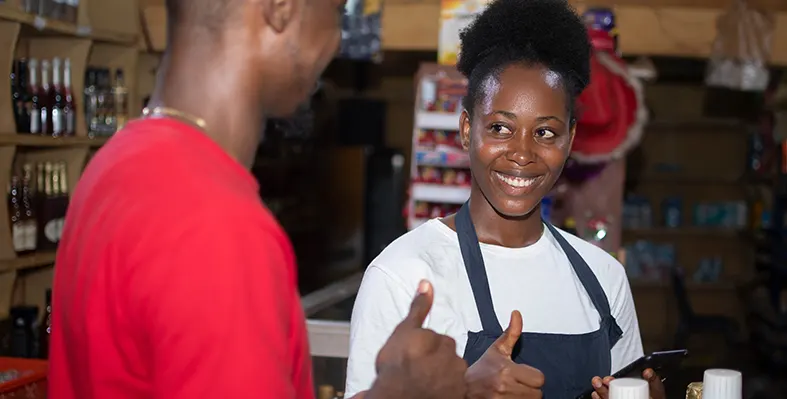TV innovation and consumer tastes drive a convergence of linear and OTT technology. MultiChoice chief technology officer Sabelo Mwali, says, streaming must be as seamless as the DTH experience for the gold standard
Television is undergoing a major transformation, moving from traditional linear, direct-to-home (DTH) content distribution to the over-the-top (OTT) or streaming model.
Embracing the OTT revolution
OTT allows users the flexibility to watch content on any device, from any location, without being tied to a specific platform. This shift puts control in the hands of viewers, enabling them to decide what, when, and how much to watch. For large content providers, this is a clear advantage. At MultiChoice Africa, for example, on-demand streaming is an ideal way to offer our vast library of 84,000 hours of local content.
Innovating for enhanced experiences
However, the rise of streaming and OTT presents new challenges. With vast amounts of content available, viewers can feel overwhelmed. Artificial Intelligence (AI) and machine learning can help resolve this by suggesting personalised content recommendations based on viewing habits.
For this to work seamlessly, UX design must be informed by AI insights to create a tailored and trend-aware content experience. Real-time audience data also makes it crucial for UX, product, and tech teams to collaborate closely. This is the foundation of MultiChoice’s continuous UI design improvements.
AI is also helping to make content more accessible by enabling translation. MultiChoice has developed AI-based solutions for subtitling in several regional languages. This technology has already been applied for Swahili translations on Showmax in Kenya and two local languages in Nigeria. The next phase involves using AI to automate audio dubbing in African languages, enhancing our existing regional language content.
As a pan-African content provider, MultiChoice understands the real data challenges many customers face. To address this, we've had to innovate to offer technological solutions that deliver value and efficiency.
Data compression is one method we've used to ease the burden. We’ve also partnered with others to cache content closer to key user regions. By creating nodes near these areas, we copy content from South Africa-based sources and relay it more efficiently to end-users.
Adaptive bit rates provide another solution to data challenges. This technology adjusts picture quality dynamically based on internet speed, ensuring uninterrupted streaming. Users can also choose their preferred bit rates and streaming quality to optimize data usage. Additionally, we've teamed up with African telcos to package our content with their data plans, further improving access.
Latency is another challenge, particularly during live events. Buffering can disrupt the experience, especially during power outages. To combat this, we’ve introduced a low-latency solution in partnership with others, aiming to achieve the same latency quality as DTH or linear satellite TV.
Our target was to lower the buffering rate below the industry standard of 0.72%, common in developed countries. We’ve succeeded in reducing it to an impressive 0.31% and expect further improvements. We're also refining our setup to ensure OTT platforms receive streams faster than satellite broadcasts, providing an edge in response times.
For streaming to truly rival traditional TV, it must match satellite’s quality. In terms of content delivery, there’s often a lag between DTH and streaming. In global studies, we found that streaming is generally 20 to 25 seconds slower than satellite. However, we’ve managed to cut that delay to just five seconds and are on track to reduce it further, placing African streaming services among the best worldwide.





















